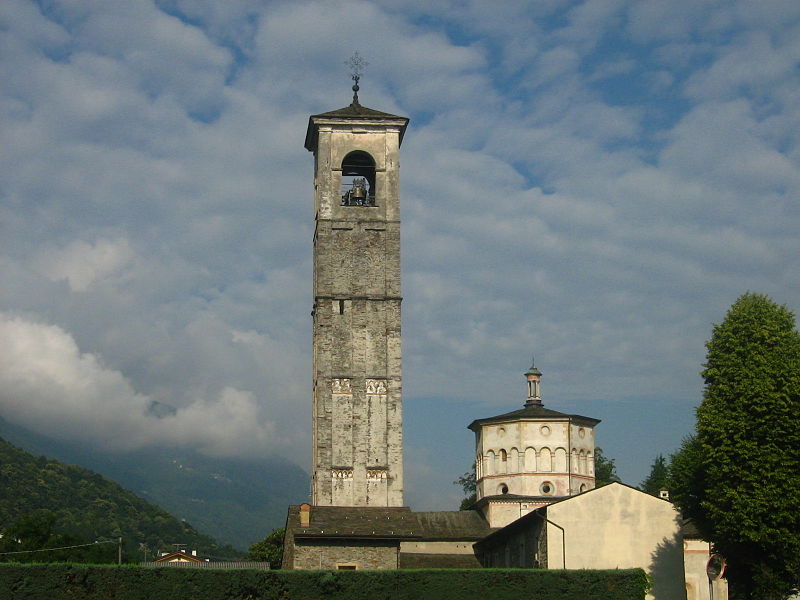Santuario dell'Assunta, Morbegno


Facts and practical information
The shrine of the Assumption stands in Morbegno and represents a happy marriage of Renaissance and Baroque art.
The exterior-whose appearance is due to the interventions made around 1503 by Giovanni Antonio Amadeo and his pupils, who applied the style of the Lombard Renaissance-appears in all its sober elegance; the façade is softened by Rodari's portal and the splendid flamed rose window. The bell tower raised in the Baroque period with its 51 meters in height is the tallest in the city; at the foot of the bell tower is the 18th-century ossuary decorated with macabre scenes in the second half of the 18th century. The interior is a real treasure chest. Triumphant over all is the splendid wooden altarpiece dedicated Assumption of the years 1516-1519, the work of carvers Tiburzio Del Maino and Giovan Angelo and painters Gaudenzio Ferrari and Fermo Stella, a true masterpiece of wooden art at the European level boasts in the predella depictions taken directly from some of Albrecht Dürer's engravings. Also noteworthy are the altar of Relics, which preserves within a rich reliquary shrine the remains of St. Prospero, a Gaudenzio Ferrari canvas depicting the Nativity of the Virgin and a 17th-century painting copied from Luca Giordano. The shrine also features a widespread cycle of frescoes in exquisite Baroque style by Pietro Bianchi known as Bustini, Giuseppe Prina and the Morbegno-born Giovan Pietro Romegialli.
Via del SantuarioMorbegno
Santuario dell'Assunta – popular in the area (distance from the attraction)
Nearby attractions include: Biblioteca civica Ezio Vanoni.

